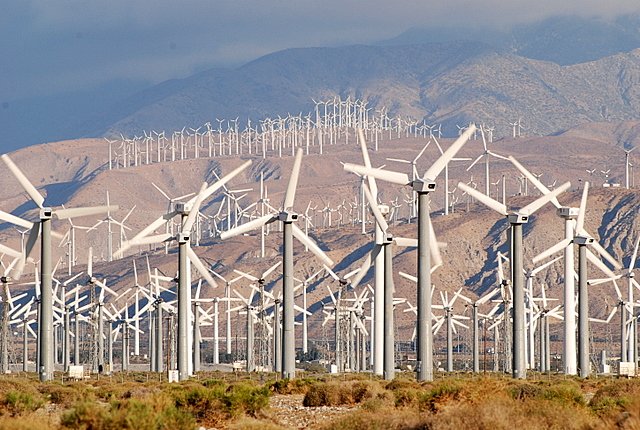My take on Kenya Power.
In 2011, The Least Cost Power Development Plan (LCPDP) 2011-2031 was updated, the electricity supply interconnected system in Kenya had a total installed capacity of 1,533 MW made up of 761.0 MW of hydro...
17MW of isolated grid.
The registered national sustained peak demand was 1,178 MW.
In the updated projections, demand was forecast to be between 2,301 MW on the lower side and 2,951...
To cater for the energy requirements of the Vision 2030 flagship projects, amendments were made to the projected demand figures.
The projects considered were those that were expected to require a lot of energy and cause a spike or shock in the peak demand in the country.
• The ICT Park was based on the Malaysian technology parks consumption. This is estimated at
181kWh/m2/year assuming energy efficiency measures are in place.
• The consumption estimate for the port of Mombasa second container terminal was based on the NYK line container terminal in Japan which consumes 13GWh/year giving a capacity requirement of 2MW..
• Standard gauge railway consumption was computed based on the German ICE High Speed whose consumption varies from 19-33kWh/km. The maximum consumption of 33kWh was assumed...
1 trip Juba- Lamu.
• Consumption for the special economic zones was based on the current consumption of EPZ.
• Iron and steel smelting industry in Meru consumption was assumed to consume 315MW over a period of 7 years based on an...
The estimates assumed the projects will be implemented as indicated above and that the peak demands of every project..
Following these adjustments, the estimated capacity and related energy requirements for Vision 2030 flagship projects were incorporated in the projections thus increasing the forecast according to the schedule of project...
Based on those adjustments, the peak demand projections for 2018 was adjusted upwards to 3,408 on the lower side and 4,322 on the higher side; almost three times the capacity that had been built since independence.
What followed, based on the unrealistic demand projections, was an aggressive investment in both generation and transmission capacity.
It's a supply problem...the capital cycle at work.
The source of Kplc's problem is over supply. Even the corruption that is often talked about has its source in the least cost power development plan.
The unrealistic demand projections of the Least Cost Power Development Plan led to over investment in the energy sector and is the reason why we have kplc trading at current prices.
But investors are thinking linearly even though this phenomenon is cyclical.
CapEx to depreciation ratio. That's the 'magic' ratio.
facebook.com/groups/1516239…










